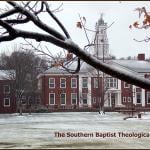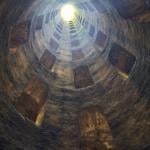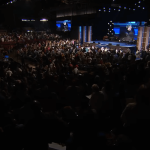My friend, Pastor Mike Kelly, who serves as Director of the NorthWest Church Planting Network of the PCA, offered this reflection after reading my piece on martyrdom in the current issue of First Things: “As I’ve watched so many urban ‘hipster-gelical’ Christians try to be part of this City and the Next City in small or large ways, I’ve often thought that it’s martyrdom they want to avoid. Not full on death for Christ, but the incremental martyrdom of social... Read more
















